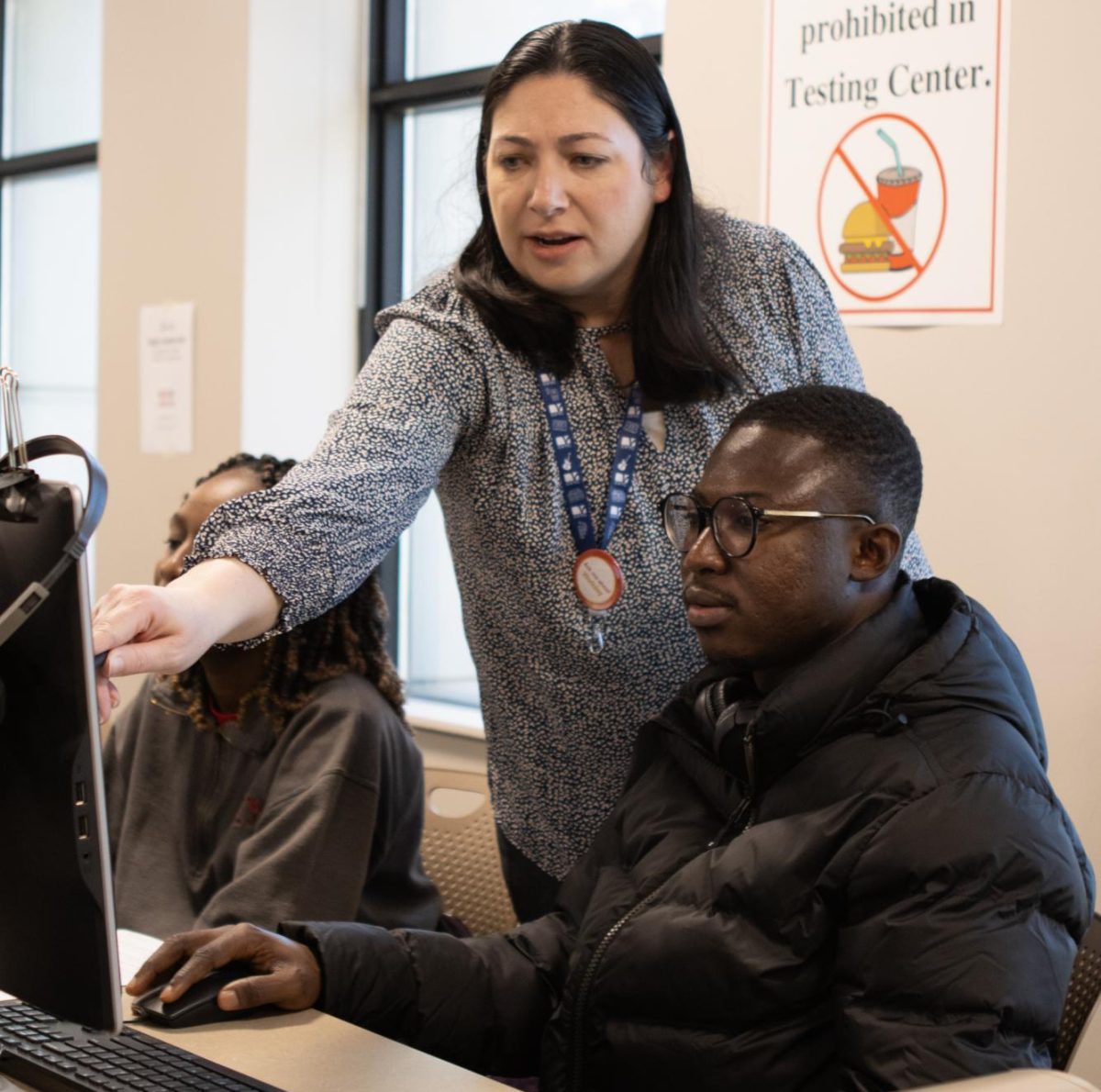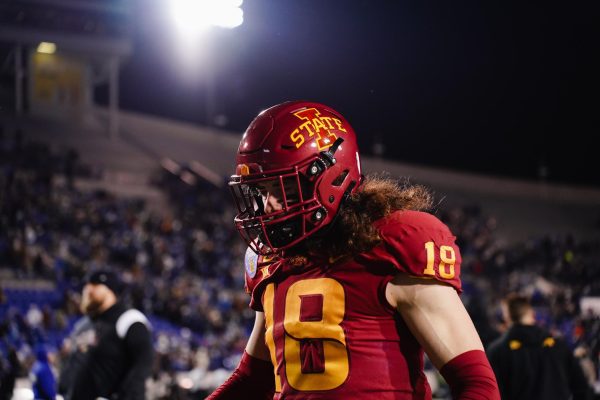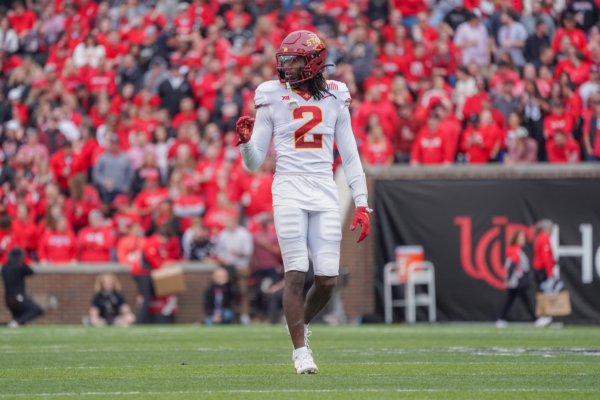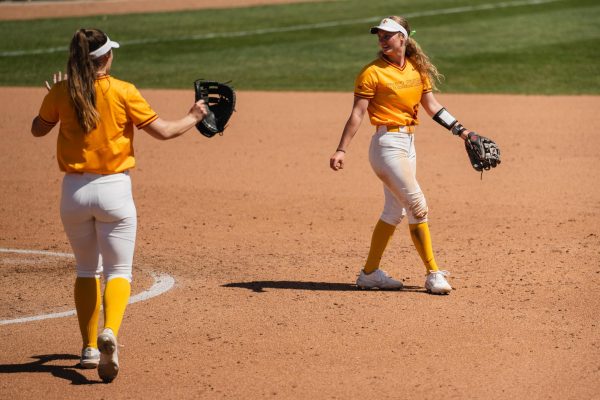At ISU compliance department, important task entrusted to small staff
June 6, 2011
If you are a Cyclone fan and you have never heard about the Iowa State University compliance department, it is probably a good thing.
As fans of Ohio State University football are finding, the word “compliance” can be a scary one. Still, ensuring compliance is essential to keeping ISU athletics running smoothly.
Dustin Gray, assistant athletic director, has an NCAA rulebook that contains over 500 pages of regulations.
The rulebook covers recruiting, scheduling, hiring, student education and more. A database also shows the many different interpretations of these rules.
No single person can ensure compliance with all these rules and regulations on a daily basis.
The compliance department at Iowa State is made up of four members who sometimes have the assistance of an intern. It is the second-smallest department in the Big 12 conference, with Kansas State having three employees and bigger universities like Texas and Oklahoma having between eight and ten.
The NCAA doesn’t require a specific number of employees for any compliance department, but Gray said that they do work together by sharing information with each other and pushing for a “reasonable standard.”
Should Gray or any other person be out of the office, conferences or seminars are held to train others about the process.
Each member has a general section to oversee, such as education or financial aid. The staff shares oversight of a number of tasks, such as setting practice times, calling potential recruits and setting recruiting dates for certain sports.
Gray described the operation of the compliance department as a pyramid. The bottom level is education. Gray said that education is the biggest part of the process because this teaches all the coaches, boosters and university staff about NCAA rules.
Because rules can be interpreted differently, clarification is also done at this level.
The next level of the pyramid is monitoring. This encompasses everything from how many students can participate on a team to their eligibility to play. All the information is not solely with the athletic department.
To retain a proper balance, Gray gave the example of finding out the eligibility of athletes through the registrar’s office. This shows that the athletic department isn’t holding keeping any information to itself.
“What the NCAA doesn’t want is the athletic department to just run on its own,” Gray said. “There needs to be checks and balances.”
The top— and smallest —level is enforcement. The handling of any violation, minor or major, is delegated to a staff member. Minor violations result in letters being sent to the transgressing athlete, coach or official. The letters request that the party stop committing whatever violation prompted the letter. Major violations are made public in the news, like the tattoo-for-memorabilia incident at Ohio State University.
As important as compliance officials are to every university, fans would prefer to see them do as little work as possible.
















